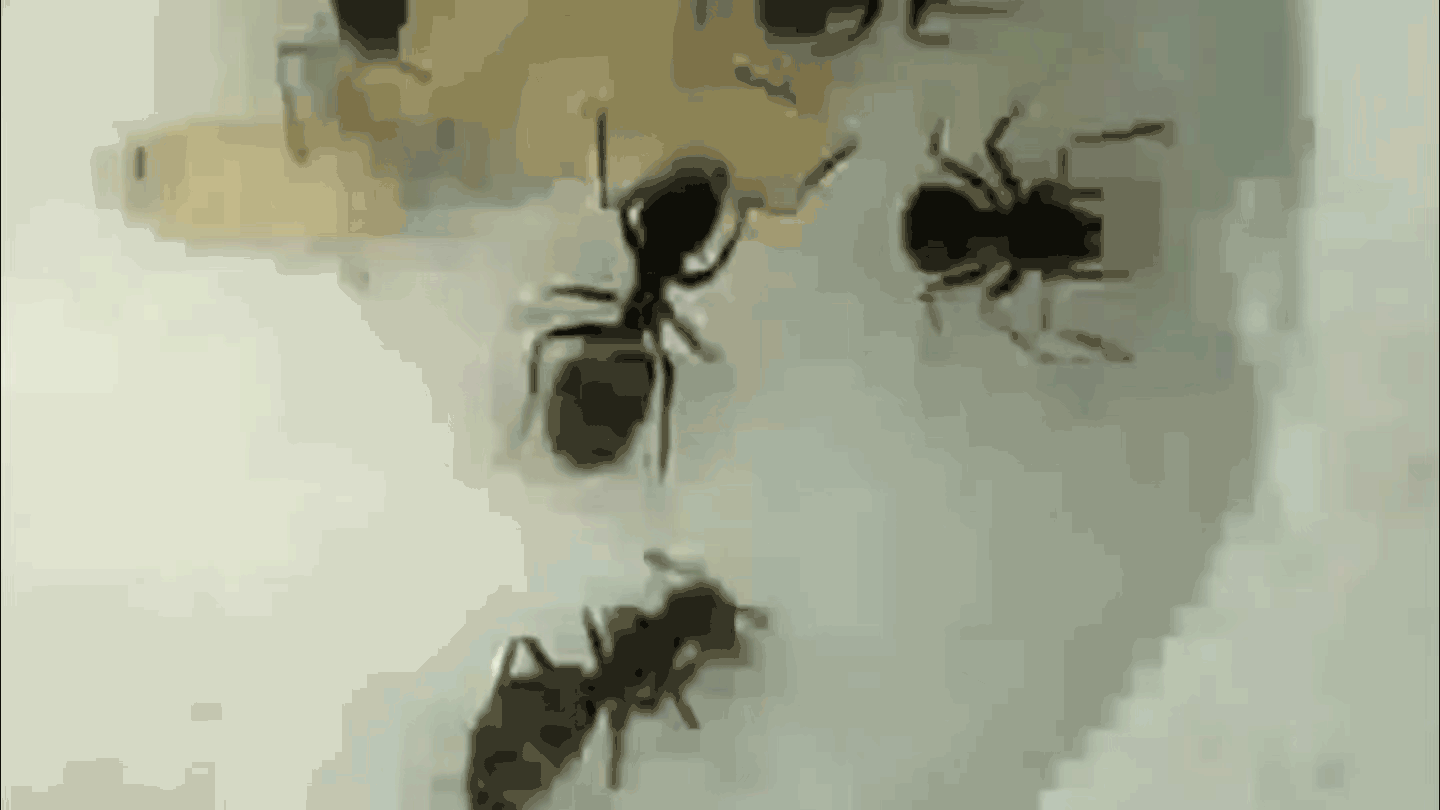- More than 2 years ago
Humans don’t have many more genes than fruit flies or microscopic roundworms, but the network of protein interactions in human cells is much larger and more complex, a new estimate shows.
While people have only about 20,000 genes, the proteins encoded by those genes interact in roughly 650,000 ways. That network of interactions, or “interactome,” is about 10 times larger than that of the fruit fly and three times the size of the roundworm’s interactome.
“The research is clearly quite exciting because it seems to reconcile an observation that has bugged many scientists, which is that the complexity of an organism does not relate in any simple fashion to genome size or gene number,” comments Sebastian Bonhoeffer, a theoretical biologist at the Swiss Federal Institute of Technology in Zurich.
“At least when we score on the basis of interactome size, the humans come out top” in comparison with fruit flies and roundworms, Bonhoeffer says.
“I don’t think that it was known that we would have 10 times as many interactions as the fly,” says research team member Michael Stumpf of Imperial College London. “Generally, a list of components like protein-coding genes does not provide you with an appreciation of how they interact or work together — just like the number of entries in a phone book does not tell you how communicative people in a city are.”
Diagrams of interactomes look a bit like webs made by deranged spiders. In the vast tangle of lines, each intersection point represents one kind of protein. A line between two proteins indicates that those two interact in some way: binding, altering, impeding or stimulating each other, for example.
Evolutionary changes to the gene that encodes a protein, or to the small molecules that cells tack on to proteins to tweak function, could enable the protein to interact with a greater number of other proteins. These changes would grow the web of interactions over time without increasing the number of genes. More-complex animals can also make more than one protein from a gene, which expands the web as well.
Stumpf and his colleagues developed new statistical techniques for estimating the size of the complete interactome based on existing, partial knowledge of the network. For the current estimate, reported in the May 13 Proceedings of the National Academy of Sciences, the researchers fed data on 1,346 interactions among 1,085 proteins into their equations. Based on this small amount of data, the wiggle room in their estimate was plus or minus about 50,000 interactions, or 8 percent of the total. As more information on proteins and protein interactions becomes available, the estimate will improve, but the scientists showed that, mathematically, their technique gives the best estimate possible for any limited amount of data. “You can’t do better,” Stumpf says.
The team also estimated the interactome sizes for fruit flies, roundworms and brewer’s yeast, all mainstays of genetics research. Comparing species’ interactomes provides another way for scientists to explore the evolution of complex animals beyond just comparing the “parts list” of genes encoded in the genome. “More-detailed studies of how the interactome evolves and correlating this with characteristics that we view as complex — for instance intelligence, language and brain size — will yield exciting insights,” comments Jotun Hein, a professor of bioinformatics at the University of Oxford in England.
While the interactome encompasses more of an organism’s complexity than the genome alone, Stumpf says that comparing interactomes captures only part of the total difference in complexity between species. Interactomes deal exclusively with proteins, but other kinds of molecules such as small RNAs are also cogs in a cell’s baroque machinery.
“It’s much, much more than just the organization of protein interactions,” Stumpf says. “There’s so much we don’t know. It’s such an exciting time.”






